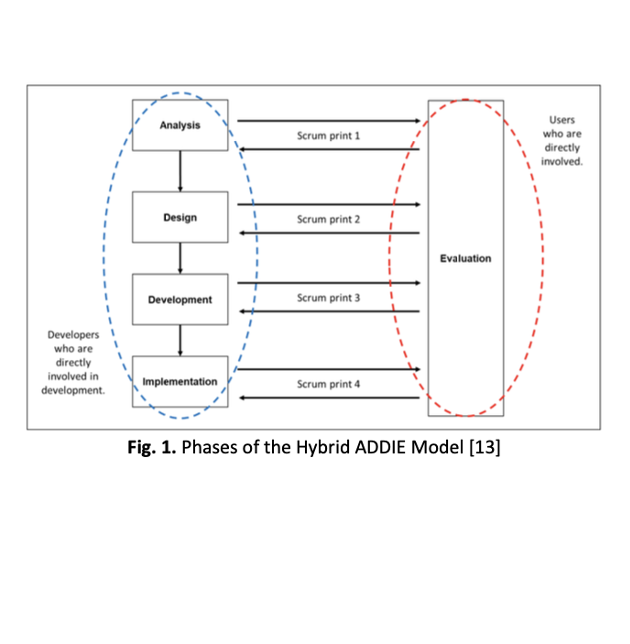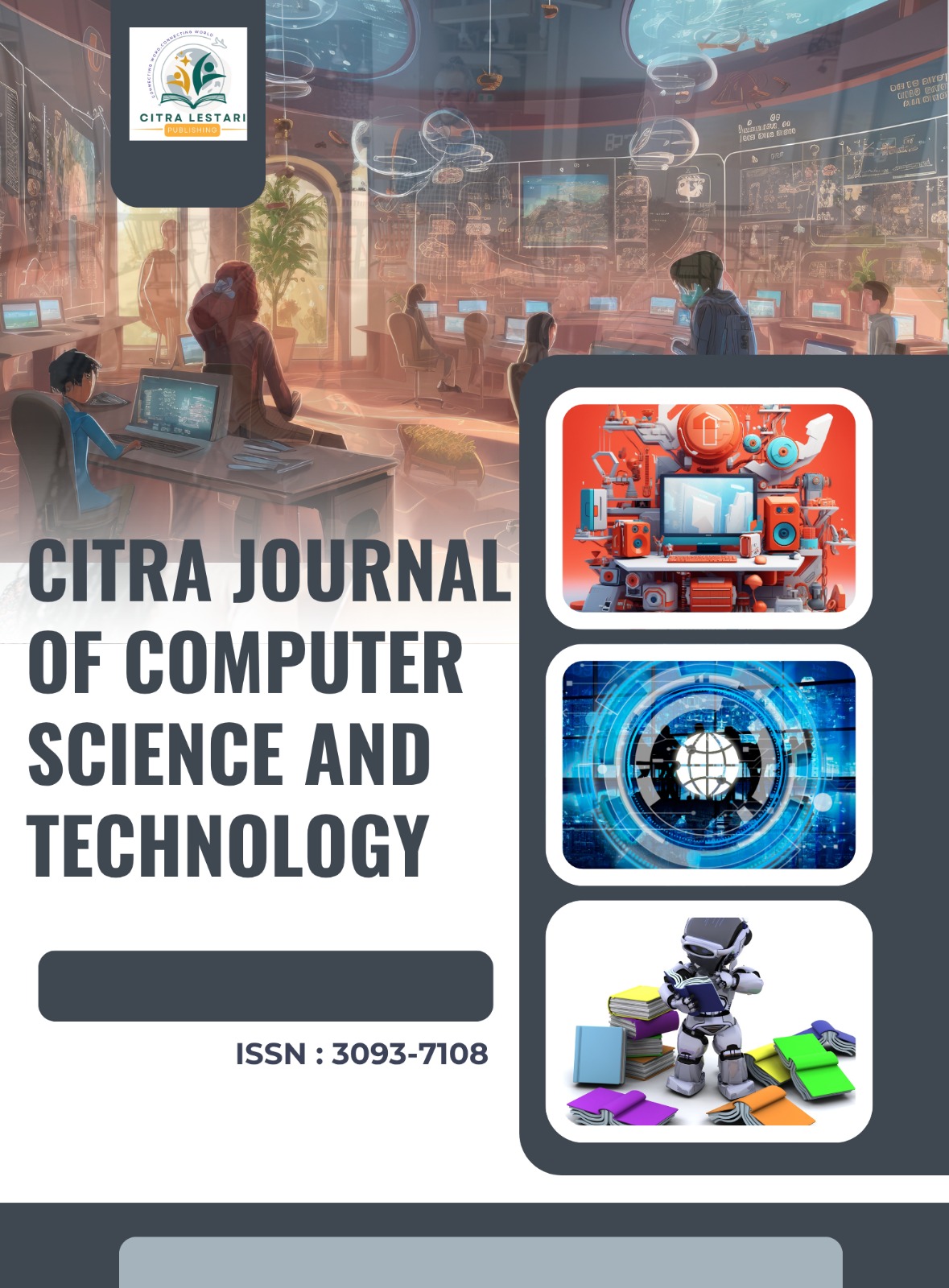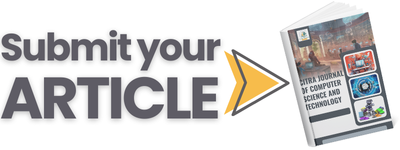Development of a Virtual Reality (VR) Periodic Inspections of Domestic Air Conditioners
DOI:
https://doi.org/10.37934/cjcst.1.1.6479Keywords:
VR, RAC periodic inspections, domestic air conditioners, learning aidAbstract
The development of Virtual Reality (VR) technology has become increasingly relevant in education, particularly in Technical and Vocational Education and Training (TVET). However, the use of VR as a teaching aid (ABM) for periodic inspections of domestic air conditioners remains limited. Conventional learning methods rely on theoretical instruction and physical equipment, which can be costly and pose safety risks. To address this issue, this study aims to develop a VR-based application titled Periodic Inspection of Domestic Air Conditioning to enhance student learning in the Refrigeration and Air Conditioning program at the Faculty of Technical and Vocational Education (FPTV), Universiti Tun Hussein Onn Malaysia (UTHM). The research follows the Hybrid ADDIE Model, comprising five phases: analysis, design, development, implementation, and evaluation. The VR application provides an interactive 360° virtual environment with three-dimensional (3D) objects, allowing students to explore, analyze, and practice periodic inspection procedures in a simulated setting. The Constructivist Learning Theory is integrated to facilitate active learning and engagement. Evaluation was conducted through expert reviews involving four interface specialists and three content specialists. The results indicate that the VR application is effective in terms of content accuracy, interface design, and user interaction. Experts highlighted the application's potential for improving students' understanding of periodic inspection procedures while minimizing risks associated with real-world training. In conclusion, this study contributes to the advancement of VR-based learning tools in technical education, offering an innovative and cost-effective solution for practical training in air conditioning maintenance. The findings suggest that integrating VR technology in education can enhance learning experiences, increase safety, and reduce training costs.














